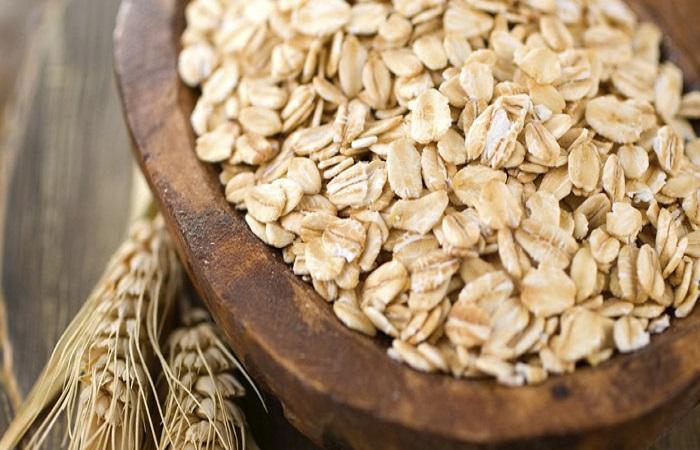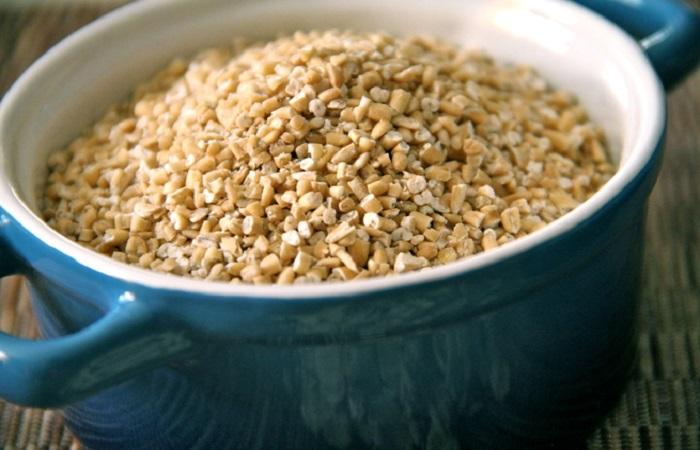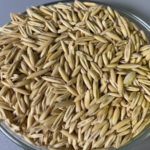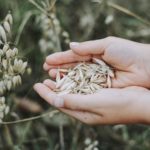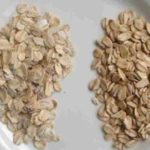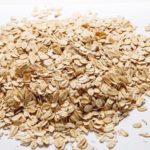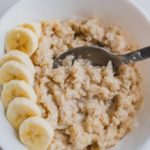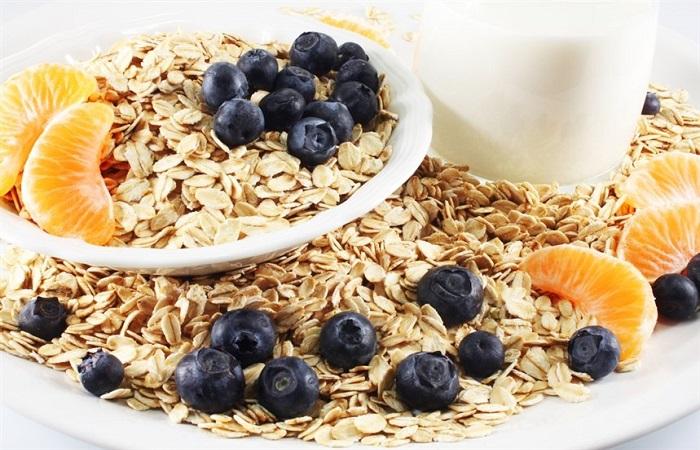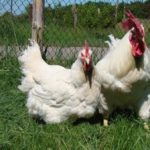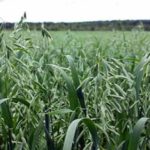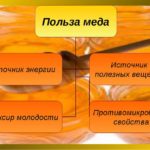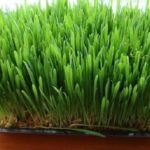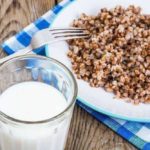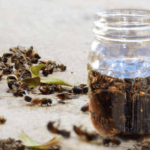Oatmeal, rolled oats, oatmeal - when you mention this product, many people imagine flakes that easily dissolve (soften) under the influence of water or milk. But for some consumers the question is of interest: are oats and rolled oats oatmeal or are there fundamental differences between these concepts? You can understand this only if you know how the raw materials are obtained to prepare a dish that is a favorite among healthy food connoisseurs.
Are oats oatmeal or not?
Oats are a whole grain used for cooking or as a popular derivative in the form of flakes.Oatmeal in the generally accepted sense is ready-made porridge, and the name of this dish is considered “folk”. In cooking it is called oatmeal.
Therefore, oats and oatmeal have fundamental differences in their meaning. However, they imply one type of culture.
Composition of oats and cereals based on them
Whole oatmeal is a storehouse of vitamins. Its composition is generously enriched:
- thiamine;
- retinol;
- beta-carotene;
- vanadium;
- boron;
- chrome;
- choline;
- riboflavin;
- vitamin B5 (pantothenic acid);
- pyridoxine;
- folic acid;
- tocopherol;
- biotin;
- vitamin PP;
- iodine;
- iron;
- cobalt;
- manganese;
- copper;
- selenium;
- fluorine;
- zinc
The composition of rolled oats, as a derivative product obtained by processing oats, is practically no different from whole grains. During processing into flakes, the product loses only a few nutrients, including:
- beta-carotene;
- retinol;
- choline;
- vanadium;
- boron;
- selenium;
- chromium.
The calorie content of products also varies. Thus, whole oats have an energy value of 342 kcal/100 grams, rolled oats - 352 kcal/100 grams.
What is the difference between oats, oatmeal and rolled oats?
There is a difference between oats, oatmeal and rolled oats. To understand it, you need to know the intricacies of production and the main features of each type of product.
Oats
Oats are a whole raw material that is used to make cereals. By itself, it is not used for preparing dishes, since it contains many foreign impurities, chaff, and rubbish. In addition, the grains are too dense and hard. That is, oats are the agricultural crop itself, grown by farmers and used to make cereals or flakes.
Hercules
Hercules is a well-known commercial name for ordinary oat flakes, made by processing oatmeal, rather than grain (as some buyers mistakenly believe). Before obtaining the final product, raw materials go through several stages:
- sorting, preparation of cereals;
- steaming at high temperatures for 2-3 minutes;
- grinding;
- being in conditions of high humidity for 25-30 minutes;
- flattening grains;
- screening;
- cooling;
- drying.
The very last stage is packaging.
It is worth considering that not all oatmeal can be called “rolled oatmeal”, but only those that are of the highest grade. They require longer cooking, lasting 10 minutes.
The product belonging to the second grade is conventionally called petal flakes. They need to be cooked in half the time - only 5 minutes. Finally, the product of the lowest grade, which has the prefix “extra,” does not require cooking at all. Just pour boiling water or milk over it, then leave it covered for a few minutes.
Oatmeal
This term is used by consumers to refer to a ready-made dish. And it doesn’t matter at all what raw materials it is made from - cereals or flakes.
However, this opinion is not shared by professional farmers. The difference between oatmeal and oatmeal is that the latter is a type of oatmeal. And not simple, but prepared according to a special algorithm.
The preparation consists of the following stages:
- cleaning;
- steaming for 1 minute;
- sorting;
- drying;
- packing and packing.
Consumption rate
Dishes made from oatmeal or cereal can be consumed daily. Nutritionists recommend starting the morning with this product, because porridge is ideal for breakfast. In addition, ground flakes are added to protein drinks and smoothies, which are also beneficial for the body.
But they can only be used if there are no contraindications:
- celiac disease (gluten intolerance);
- allergies to components of cereals or cereals;
- hyperthyroidism;
- excess iodine in the body;
- osteoporosis;
- hyperparathyroidism.

